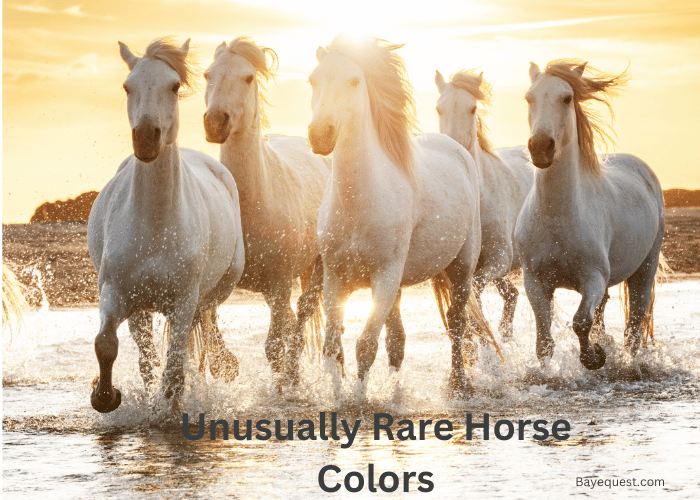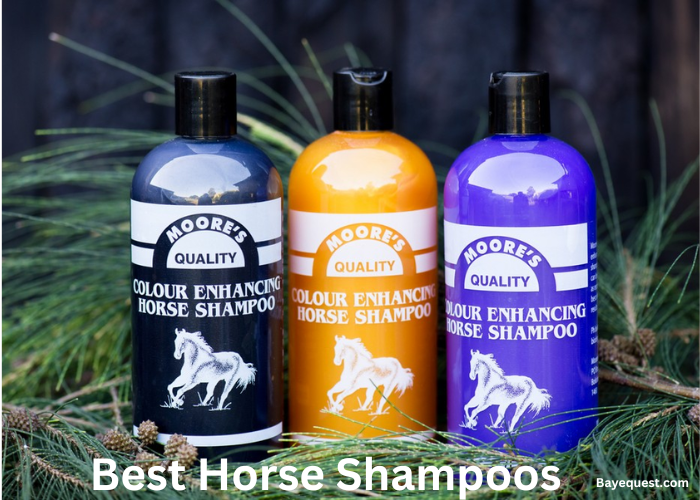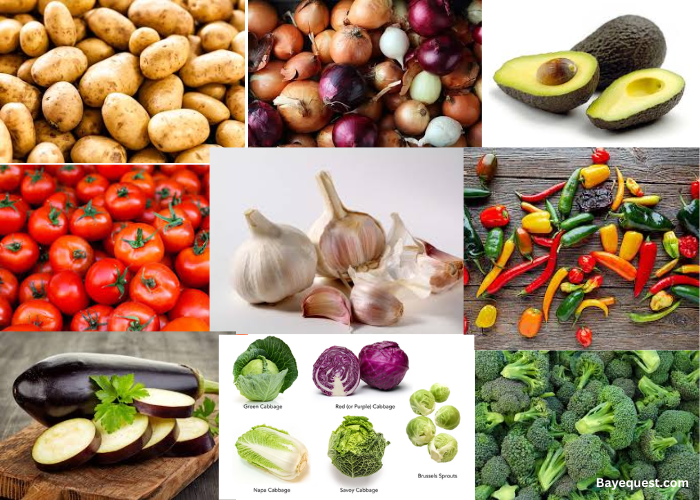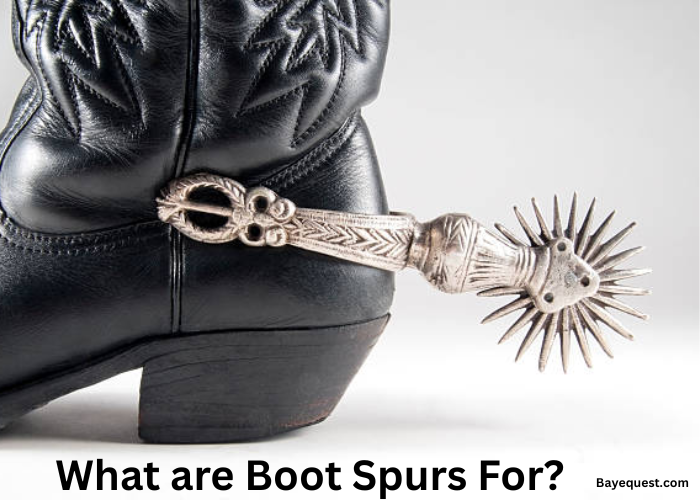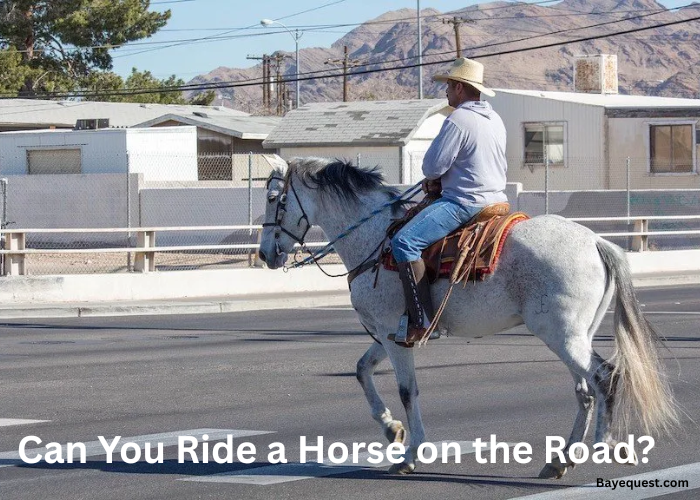Horses are beautiful animals. Some stand out with rare and unusual coat colors. A metallic sheen or silver dapple coat is truly eye-catching.
These colors are more than beautiful. They are breathtaking. From the pure white Camarillo to the deep Chocolate Palomino, these shades are nature’s finest work.
If you love horses or are just curious, these rare colors will amaze you. Let’s dive in and explore these incredible horse coats.
Unusually Rare Horse Colors: Key Takeaway
- True white
- Grey
- Cremello
- Pearl
- Brindle
- Silver dapple
- Perlino
- Smoky cream
- Chimera
- Champagne
- Mushroom
- Chocolate palomino
- Sorraia
- Rabicano
- Camarillo White
- Silver Buckskin
- Metallic Sheen
- Buckskin Pinto
- Sabino
- Chocolate Flaxen
- Sooty Buckskin
Horse Genetics and Coloration
Horse genetics and coloration are fascinating subjects. The color of a horse’s coat is determined by a complex combination of genes.
These genes can either be dominant or recessive, which means some colors are more common, while others are incredibly rare.
The basic coat colors, like bay, black, and chestnut, come from just a few main genes.
However, when additional genes, known as modifiers, come into play, they create a wide range of colors and patterns.
For example, the grey gene can turn any horse grey over time, while the cream gene can produce stunning shades like palomino, buckskin, or cremello.
In some cases, rare colorations occur when two specific genes interact in unique ways.
This is how we get colors like silver dapple, which adds a silvery sheen to a black coat, or champagne, which gives a golden, metallic look.
What is the Rarest Horse Color in the World?
The rarest horse color in the world is often considered to be True White. Unlike grey horses that gradually turn white as they age, True White horses are born with pure white coats and pink skin.
This color is extremely rare because it’s the result of a specific genetic mutation, not just the expression of a dominant or recessive gene.
True White horses maintain their white coats throughout their lives and are highly sought after.
Their rarity, combined with their striking appearance, makes them truly unique in the equine world.
Top 21 Rarest Horse Coats
When it comes to horse colors, some are truly one-of-a-kind. These top 21 rarest horse colors showcase nature’s incredible diversity and beauty.
From shimmering metallic coats to unique patterns, each color is a testament to the wonders of equine genetics. Let’s find out some of these rare and stunning horse colors.
1. True white
True White horses are the unicorns of the equine world—rare, mysterious, and utterly captivating.
Unlike grey horses that lighten with age, True Whites are born with a pure white coat and pink skin.
Their white color comes from a unique genetic mutation, making them incredibly rare.
What’s even more striking are their dark eyes, which contrast beautifully with their snow-white coats.
These horses do not have any pigment in their hair, which sets them apart from other white horses that may still have some colored hairs.
Owning a True White horse is like having a living legend in your stable.
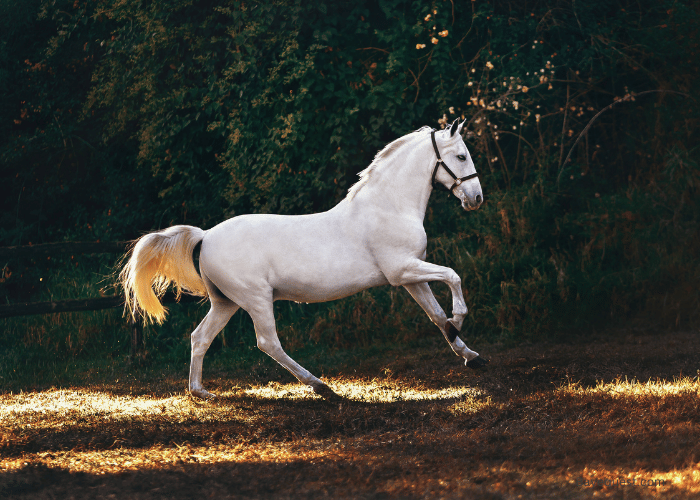
2. Grey
Grey horses are nature’s gradual art projects. They start life with a base coat that can be black, bay, or chestnut, and over time, they lighten into a beautiful grey.
This color transformation is due to the grey gene, which progressively depigments the horse’s coat as it ages. By the time they reach full maturity, many grey horses are nearly white.
Their eyes usually remain dark, offering a striking contrast to their lightening coat. Greys are common in some breeds, like the Lipizzaner.
Interesting read: Unique Grey Horse Names.
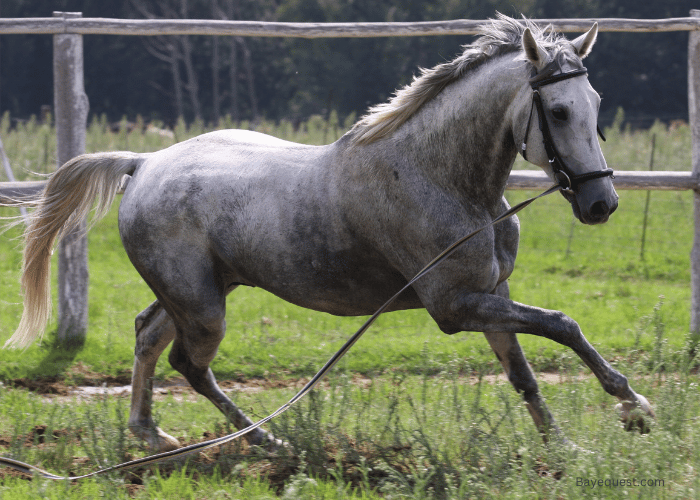
3. Cremello
Cremello horses are the golden cream of the crop, literally. Their coat is a stunning, pale cream color that almost glows in the sunlight.
This unique color comes from a base coat of chestnut, but with two copies of the cream gene, which dilutes the color to this beautiful shade.
Cremellos also have blue eyes, adding to their striking appearance. These horses can look almost mythical with their pearly coat and light eyes.
Despite their light color, Cremellos often have dark skin, which helps them avoid sunburn. Their rarity and ethereal beauty make them a true treasure in the horse world.
Interesting read: Blue Roan Horse.
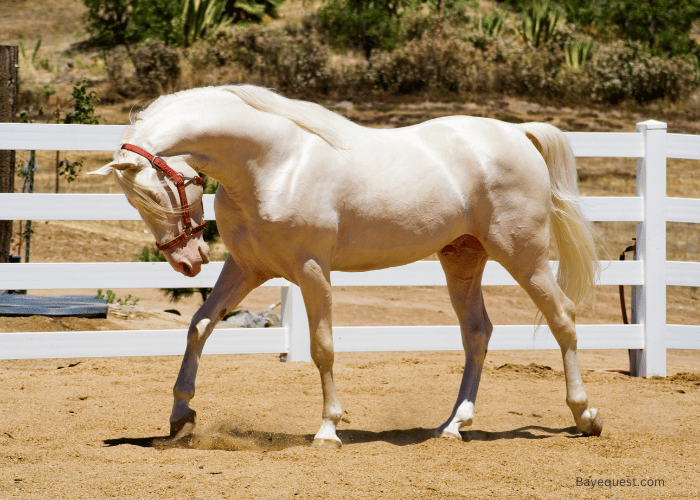
4. Pearl
Pearl horses are like a hidden gem, often overlooked until they’re seen up close.
The Pearl color results from a special gene that, when combined with another cream or champagne gene, creates a luminous, soft, metallic sheen.
This color is usually found on a bay or chestnut base coat, but the pearl gene transforms it into something magical.
The result is a horse that looks as if it’s glowing, with a unique shine that’s hard to capture in photos but breathtaking in person.
Pearl horses often have amber or light brown eyes, adding to their mystical appearance.
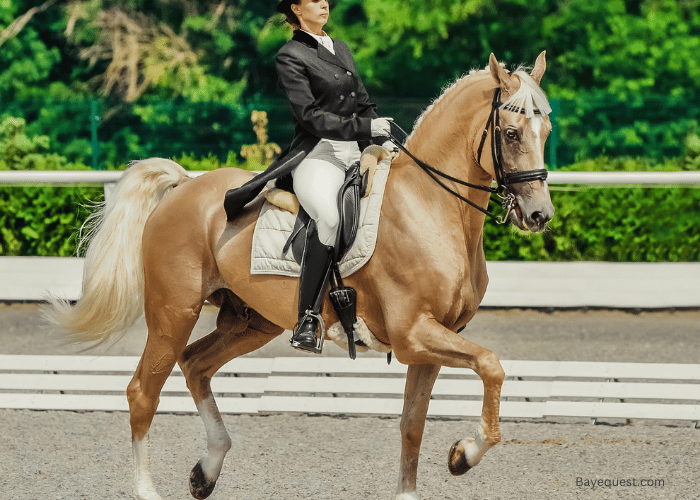
5. Brindle
Brindle horses are the wildcards of the equine world, sporting a tiger-stripe pattern that’s more commonly seen in dogs or wild animals.
This rare pattern can appear on any base coat color, creating a unique mix of stripes and swirls that make each Brindle horse one-of-a-kind.
The Brindle pattern results from a genetic mutation that affects pigment distribution in the coat.
These horses can also have various eye colors, depending on their base coat, but it’s their striped appearance that truly sets them apart.
Brindle horses are a rare sight, often leaving onlookers in awe of their unique horse face and leg markings.
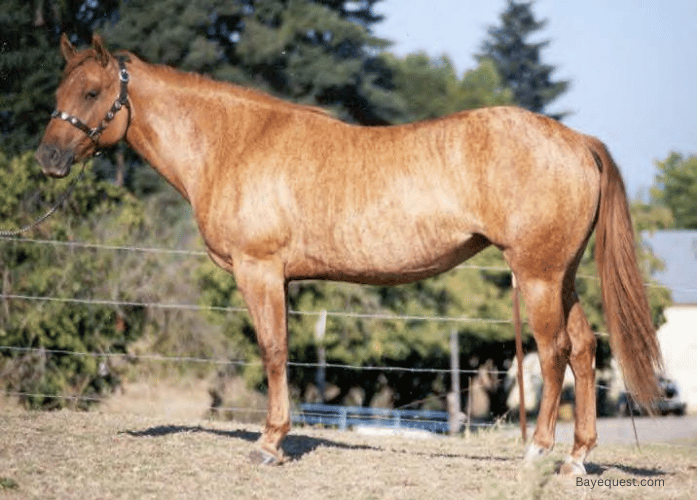
6. Silver dapple
Silver Dapple horses are the equine version of silver screen stars. hey are glamorous, eye-catching, and unforgettable.
This rare color comes from a black base coat that’s been lightened by the silver gene, resulting in a shimmering, dappled effect.
Their coats can range from a light, almost silvery grey to a deep chocolate color, often with a beautiful mix of light and dark dapples.
These horses usually have flaxen or silvery manes and tails, adding to their dramatic appearance.
Silver Dapples are most commonly found in certain breeds like the Rocky Mountain Horse.
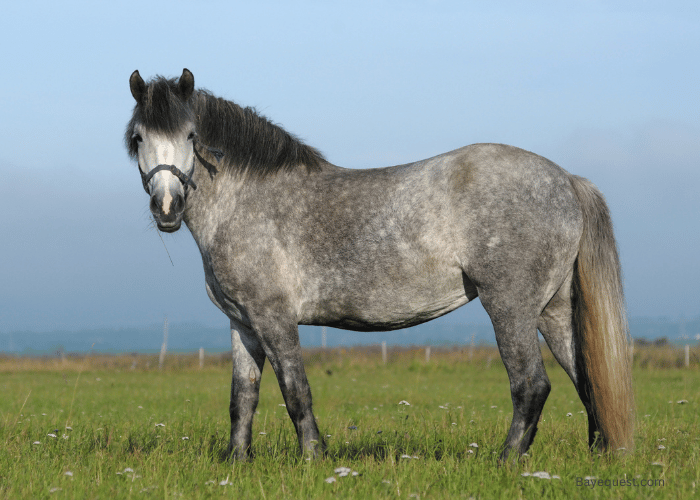
7. Perlino
Perlinos are like a softer, peachier version of a palomino, with a cream-colored coat that has a subtle pink or peach hue.
Their color comes from a bay base coat, lightened by two cream genes, which also gives them striking blue eyes.
What makes Perlinos unique is their slightly darker mane, tail, and lower legs, which often have a faint coppery tint.
This delicate combination of colors gives them a warm, glowing appearance, almost as if they’re basking in permanent sunlight.
Perlinos are a rare find and are particularly prized for their unusual and eye-catching coloration.
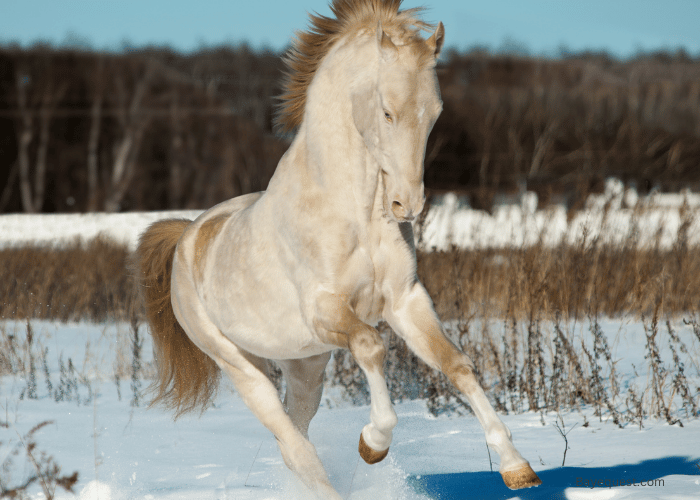
8. Smoky cream
Smoky Cream horses have a coat that’s almost otherworldly, shifting between shades of misty grey and pale cream depending on the light.
This color is the result of a black base coat combined with two cream genes. The outcome is a soft, smoky hue that gives these horses an ethereal quality.
Their blue eyes add an extra touch of mystery, making them look like they’ve stepped out of a fairy tale.
Smoky Creams are rare and often seem to have a ghostly glow in certain lighting, which only adds to their allure and mystique.
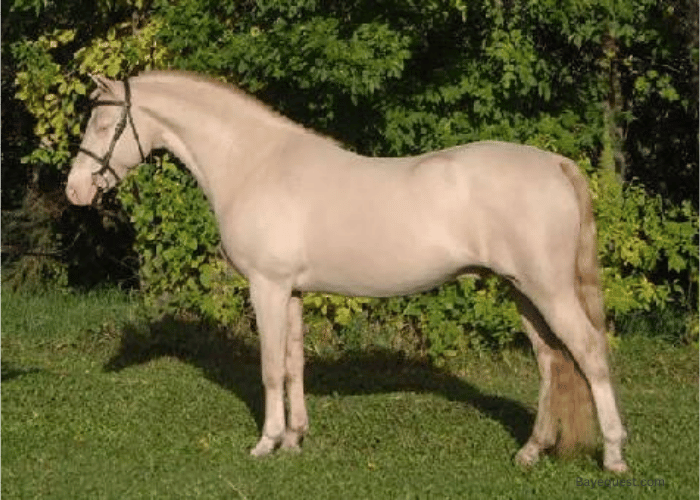
9. Chimera
Chimera horses are nature’s living canvases. They have two sets of DNA, which creates a dramatic and often startling mix of colors and patterns on a single horse.
One side of the horse is chestnut while the other is bay, or a patchwork of different shades.
This rare genetic anomaly happens when two embryos fuse early in development, resulting in a horse that’s visually split between two distinct looks.
Their eyes can also vary in color, adding to the overall effect. Chimeras are extremely rare and are prized for their unique and striking appearance.
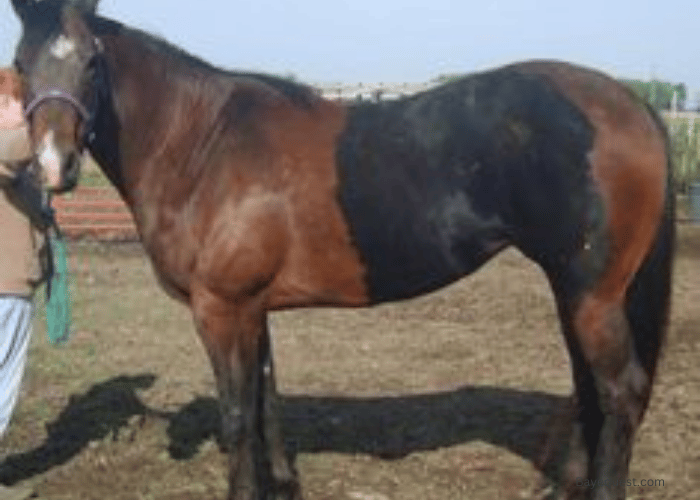
10. Champagne
Champagne horses shine with a natural metallic glow that sets them apart from other colors. Their coats, which can range from gold to bronze, are created by a special champagne gene that dilutes the base color.
This gene also gives them light amber eyes and freckled skin, adding to their distinctive look.
When sunlight hits a Champagne horse, their coat appears to shimmer, making them look as if they’ve been dusted with gold.
These horses are rare, and their eye-catching beauty makes them a favorite among those who love something a little different.
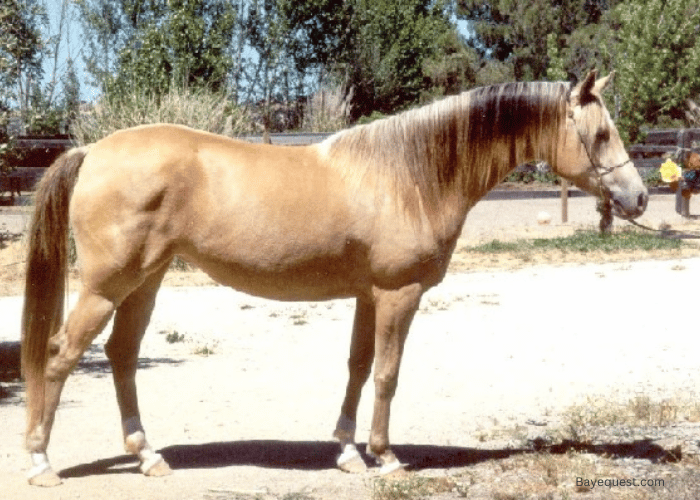
11. Mushroom
Mushroom horses bring an unexpected twist to the equine color palette. Their coats have a soft, muted beige or taupe shade, reminiscent of wild mushrooms.
This rare color is caused by a unique gene that dilutes the base coat color, though its exact genetics are still not fully understood.
Mushroom horses are mostly found in Shetland ponies, making them even more unusual.
Their understated color gives them a subtle, elegant appearance, standing out quietly in a world of more vibrant hues.
These horses are a rare sight and a true curiosity for those interested in equine genetics.
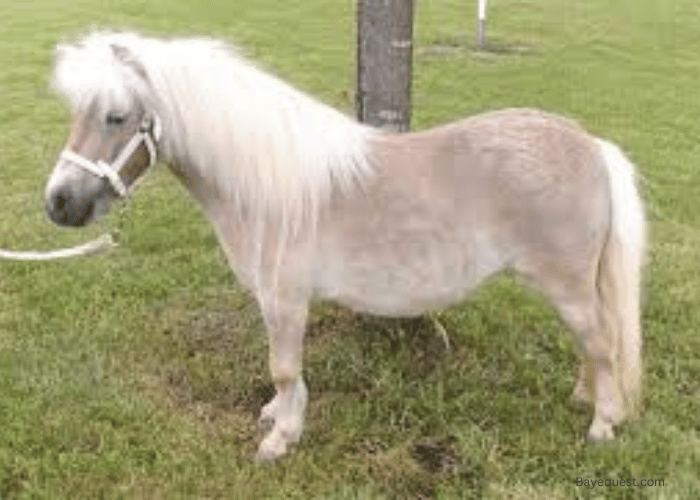
12. Chocolate palomino
Chocolate Palomino horses are like dessert for the eyes, with their rich, dark coats contrasted by flaxen manes and tails. Unlike typical palominos, their base coat is a deep chocolate brown.
The creamy mane and tail add a striking contrast, making them look almost like a living, breathing piece of chocolate candy.
Chocolate Palominos are rare and highly prized for their unique coloration, which combines the best of dark and light hues.
Their coats can vary in shade, but they always have that signature rich, velvety look.
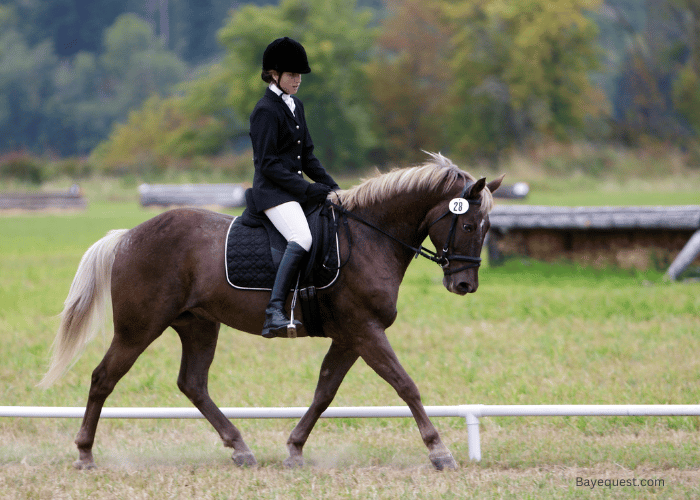
13. Sorraia
Sorraia horses are a living link to the past, with their primitive, dun-colored coats that harken back to ancient wild horses.
These horses have a base coat that’s usually a shade of dun or grulla. They often have a distinctive dorsal stripe running down their back.
Their coats may also have faint zebra-like stripes on their legs, known as “leg barring.”
Sorraias are extremely rare and are primarily found in Portugal, where they are treasured as one of the last remnants of Europe’s wild horse population.
Their color and markings give them a rugged, natural beauty that’s truly unique.
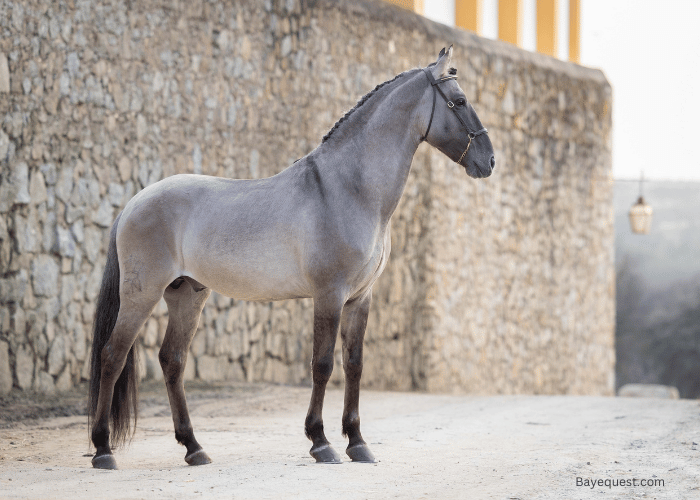
14. Rabicano
Rabicano horses add a splash of unexpected white to otherwise solid coats. This rare color pattern is characterized by white hairs interspersed in specific areas, usually on the flanks, tail, and sometimes along the ribs.
Unlike roans, Rabicanos don’t have evenly mixed white and colored hairs all over their bodies. Instead, the white is concentrated in patches, creating a striking, often subtle, effect.
This pattern can appear on any base coat color, making each Rabicano unique. The white streaks in their tails, often referred to as a “skunk tail,” are a signature feature that sets them apart.
Interesting read: What is a Strawberry Roan Horse?
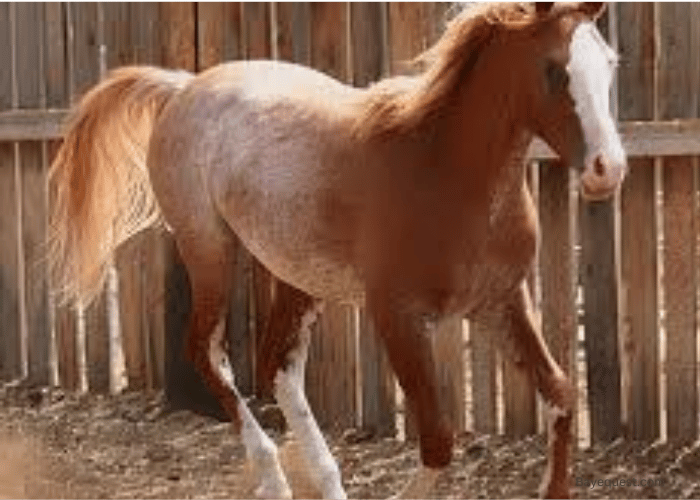
15. Camarillo White
Camarillo White horses are the embodiment of elegance with their pure white coats and pink skin.
Unlike most white horses that are born a different color and turn white with age, Camarillos are born white and stay that way throughout their lives.
Their striking appearance is further enhanced by their dark eyes, which create a stunning contrast against their snowy coats.
This breed is incredibly rare, originating from a single stallion in California in the early 20th century.
Camarillo Whites are not just rare; they’re iconic, often associated with parades and special events due to their regal appearance.
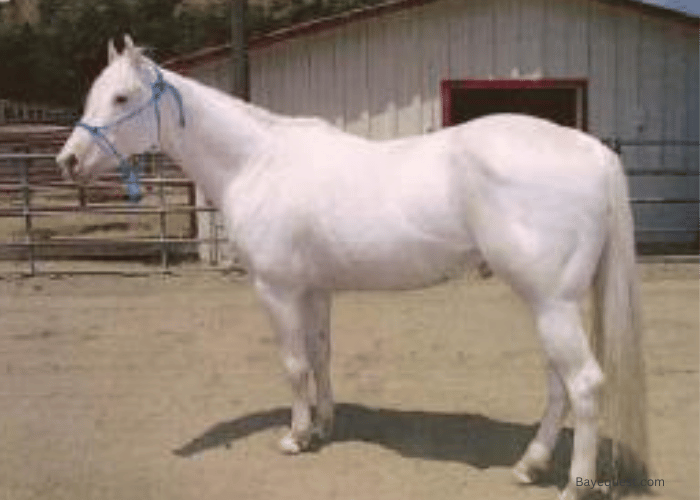
16. Silver Buckskin
Silver Buckskin horses blend the best of both worlds: the striking silver dapple effect and the rich, warm tones of a buckskin coat.
Their base color is a golden or tan shade, lightened by the silver gene, which adds them a shimmering, silvery sheen.
This combination creates a stunning, metallic-like appearance that is both rare and breathtaking. Silver Buckskins often have dark eyes that stand out against their lighter coats, making them even more captivating.
Their unique coloration makes them a favorite among those who appreciate rare and beautiful horses.
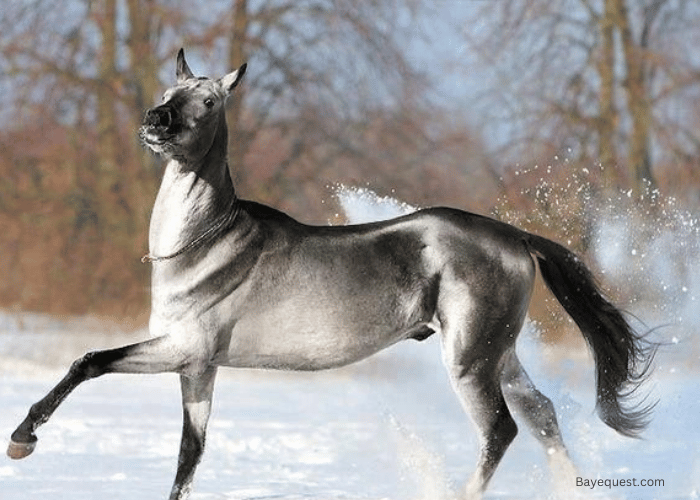
17. Metallic Sheen
A horse with a metallic sheen looks like it has been polished by nature itself.
This rare and captivating appearance is most often seen in breeds like the Akhal-Teke. The coat reflects light in a way that gives it a metallic, almost liquid quality.
The sheen can make the horse appear golden, bronze, or even silver, depending on the base coat color and the lighting. These horses often have dark, expressive eyes that add to their striking look.
The metallic sheen isn’t just about color. It’s about the way the light plays off the coat, creating a truly unforgettable sight.
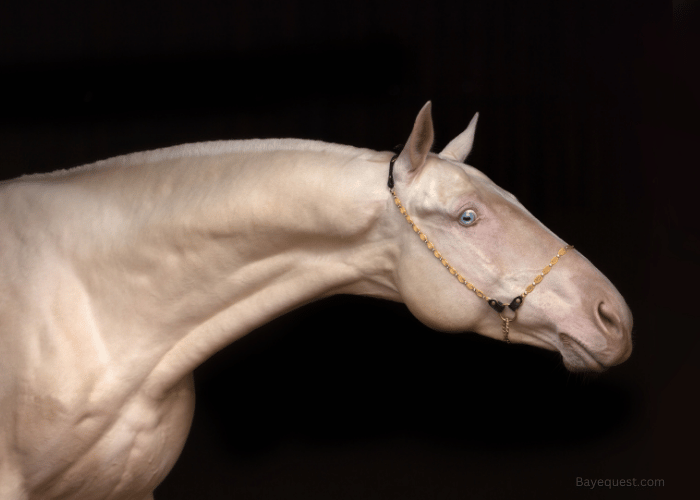
18. Buckskin Pinto
Buckskin Pintos combine the warm, golden hues of a buckskin with the bold, contrasting patches of white seen in pintos.
This color pattern is both eye-catching and rare, making these horses stand out in any crowd. The base coat is a tan or golden color, with black points on the mane, tail, and lower legs.
Overlaid on this is the pinto pattern, with large, irregular white patches that can appear anywhere on the body.
Buckskin Pintos are a visual treat, blending the elegance of buckskin with the dramatic flair of pinto markings.
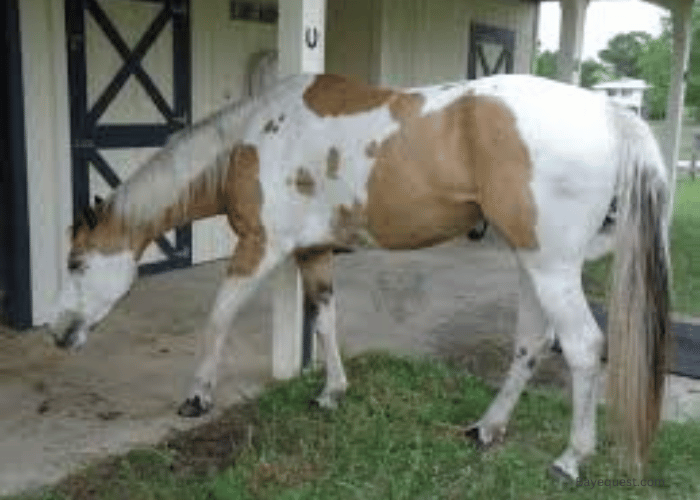
19. Sabino
Sabino horses bring a splash of white to the equine world with their unique, often intricate, patterns.
Sabino is a type of white spotting pattern that can vary widely in appearance. These may range from small, lacy edges on the horse’s legs and belly to large, bold patches that spread across the body.
These horses have a base coat that’s bay, chestnut, or black, with the white markings creating a high-contrast, striking look.
Sabinos are often born with pink skin under their white patches and can have blue or dark eyes, depending on the extent of the white.
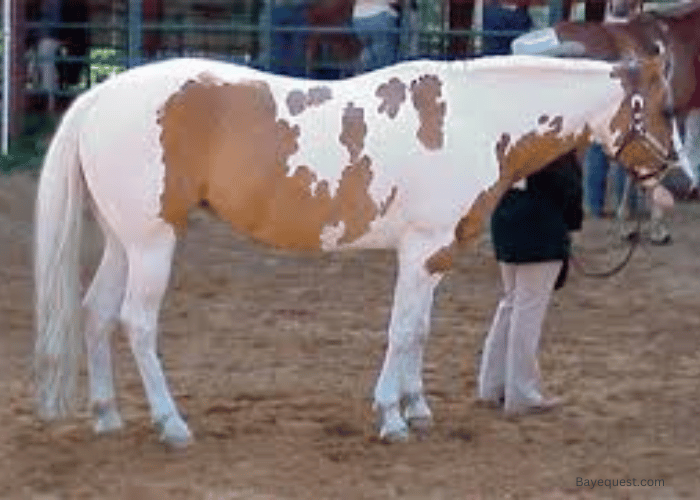
20. Chocolate Flaxen
Chocolate Flaxen horses have a deep, dark brown base coat —hence the “chocolate”. They are crowned with a flaxen mane and tail that create a stunning contrast.
The light, almost blonde mane and tail stand out beautifully against the rich, dark coat, giving these horses an elegant and eye-catching appearance.
Chocolate Flaxens are often found in breeds like the Rocky Mountain Horse, where this color combination is especially prized.
The overall effect is one of richness and depth, making Chocolate Flaxens a favorite among horse lovers.
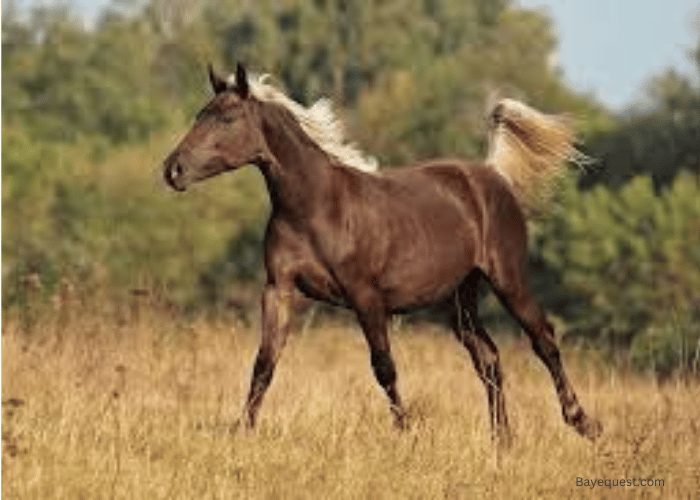
21. Sooty Buckskin
Sooty Buckskin horses are like buckskins with a twist. Their golden or tan base coat is darkened by the sooty gene, which adds a layer of dark shading along the top line, creating a striking, smoky effect.
This shading can vary, sometimes creating a subtle, almost shadowy appearance. In other cases, it can be more pronounced, giving the horse a two-toned look.
The dark mane, tail, and legs typical of buckskins are still present, but the sooty effect adds a unique depth and character to the coat.
Sooty Buckskins are rare and admired for their complex and beautiful coloration.
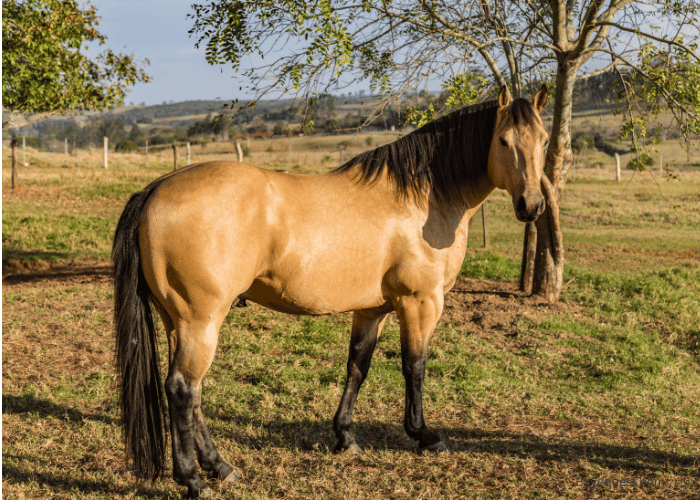
See also: Rare Horse Breeds in the World.
Factors Contributing to the Rarity of these Rare Colors of Horses
Several factors contribute to the rarity of these unusual horse colors.
Genetics play a big role. Many of these colors come from specific genetic mutations or rare combinations of recessive genes. These unique genes don’t appear often, making the colors rare.
Breeding practices also influence rarity. Some colors are linked to specific breeds that are not widely bred.
For example, Silver Buckskin is more common in Rocky Mountain Horses but rare in others. Breeders need deep knowledge of genetics to produce these colors.
Market demand also matters. Some rare colors are highly prized, while others are less popular. This can lead to fewer breeders focusing on them, keeping their numbers low.
Preserving these colors is challenging. Specific genetic pairings are needed to keep these traits alive.
Without careful breeding, these rare colors could disappear. Breeders who specialize in these colors help ensure they continue to exist.

Unusually Rare Horse Colors: Conclusion
Rare horse colors are nature’s way of showing off. These unique coats, from the shimmering Pearl to the striking Brindle, add a touch of magic to the equine world.
Each color tells a story of genetics, rarity, and beauty. While these colors may be hard to find, their impact is unforgettable.
Whether you’re a horse enthusiast or just curious, appreciating these rare hues reminds us how diverse and stunning horses can be.
So, the next time you see a horse with a rare coat, take a moment to admire the masterpiece before you.


 Click To Subscribe
Click To Subscribe

